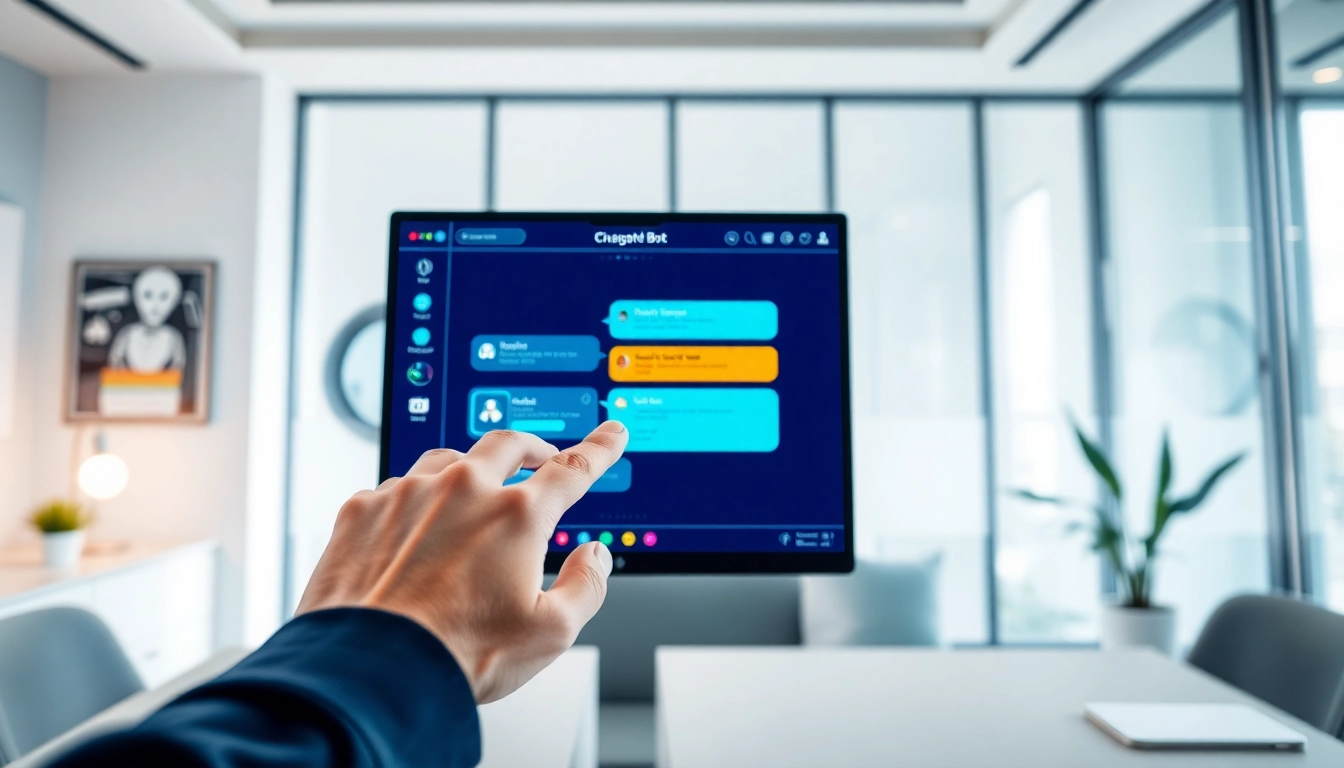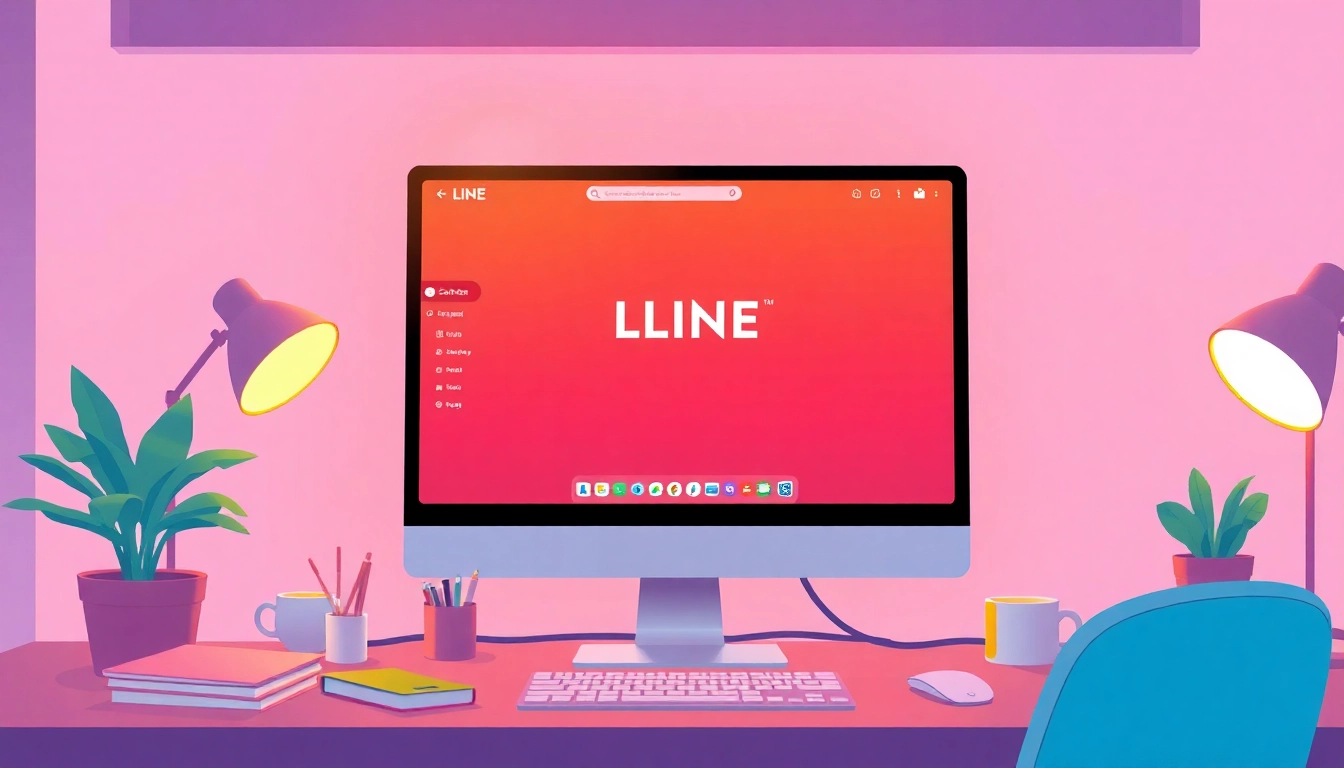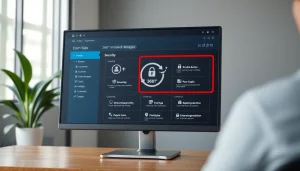Enhance Your Online Experience with a ChatGPT Bot for Your Website
1. Understanding the ChatGPT Bot for Your Website
1.1 What is a ChatGPT Bot?
The ChatGPT bot is an AI-driven conversational agent designed to interact with users through chat interfaces on websites. Leveraging advancements in natural language processing (NLP), these bots can understand and generate human-like text, allowing them to engage in meaningful conversations. The ChatGPT bot can comprehend queries, provide information, recommend solutions, and even handle customer service requests. This capability makes it an invaluable tool for businesses looking to enhance user experience and streamline communication. Essentially, when integrating a chatgpt bot for website functionality, you are employing sophisticated technology to address user needs in real-time.
1.2 Key Features of ChatGPT Bots
ChatGPT bots come equipped with a variety of features that contribute to their effectiveness:
- Natural Language Understanding (NLU): They can parse and comprehend complex user inputs, making interactions feel more intuitive.
- Personalization: ChatGPT bots can remember user preferences and previous interactions, enabling personalized recommendations and responses.
- Multilingual Support: Many bots support multiple languages, allowing businesses to cater to a diverse audience.
- Integration Capabilities: They can seamlessly integrate with various platforms such as CRM systems, scheduling tools, and e-commerce websites, enhancing workflow automation.
- 24/7 Availability: Unlike human agents, ChatGPT bots can engage users around the clock, ensuring that assistance is always available.
1.3 Benefits of Implementing a ChatGPT Bot
Incorporating a ChatGPT bot into your website offers numerous advantages:
- Improved User Engagement: A responsive chatbot makes it easy for users to interact with your brand, leading to higher engagement rates.
- Cost Efficiency: By automating routine inquiries and tasks, businesses can significantly reduce operational costs associated with customer support.
- Gathering User Insights: Chatbots can track and analyze user behavior, providing insights that help tailor marketing strategies and product offerings.
- Enhanced Customer Satisfaction: Quick responses to queries lead to a better user experience, increasing the likelihood of repeat visits and customer loyalty.
- Scalability: As user inquiries grow, bots can scale effortlessly without requiring additional staffing resources.
2. Setting Up Your ChatGPT Bot
2.1 Choosing the Right Platform
Choosing the appropriate platform for your ChatGPT bot involves considering several factors, including scalability, ease of use, and integration capabilities. Popular platforms such as Dialogflow, Microsoft Bot Framework, and Botpress offer robust tools for developing and deploying chatbots. When selecting a platform, assess your technical skills and the resources available for maintaining the chatbot. Additionally, ensure that the platform provides sufficient documentation, support services, and community forums for troubleshooting.
2.2 Installation Steps for Your Website
Implementing a ChatGPT bot on your website generally follows these key steps:
- Sign Up and Create a Bot: After selecting a platform, create an account and initiate a new chatbot project.
- Configure Bot Settings: Set your bot’s name, description, and default language. This is also where you can customize the visual appearance to match your brand.
- Develop Conversational Flows: This involves designing paths that users might take during interactions, using flowcharts or visual scripting tools provided by the platform.
- Embed the Bot on Your Website: Most platforms provide a snippet of JavaScript code to insert into your website’s HTML. Place this code in the footer or header section of your site to allow the bot to load correctly.
- Test and Iterate: After embedding, conduct several tests to ensure the bot responds accurately to user inputs. Gather feedback from real users and make adjustments as necessary.
2.3 Customizing the ChatGPT Bot’s Personality
The personality of your ChatGPT bot is critical for establishing a degree of relatability and brand identity. Here are some strategies to customize its character:
- Define a Tone and Voice: Choose whether the bot should be formal, casual, friendly, authoritative, etc. This tone should reflect your brand’s identity.
- Create User Personas: Craft personas that represent different segments of your target audience. Tailor the bot’s language and responses to resonate with these personas.
- Personalize Interactions: Use user data, like previous chat histories and preferences, to tailor responses for a more personalized experience.
- Incorporate Humor Wisely: Depending on your audience, a touch of humor can make interactions more enjoyable. However, ensure it aligns with the overall brand image.
3. Best Practices for ChatGPT Bot Performance
3.1 Designing Conversational Flows
Effective conversational design is crucial for a ChatGPT bot’s success. It involves mapping out how conversations might unfold based on user inputs. Start by identifying the most common queries your users may have and develop corresponding responses. Consider using decision trees to visualize the paths a conversation could take, ensuring that the flow feels natural and intuitive. Allow for flexibility in responses to accommodate various ways that users may phrase their questions.
3.2 Handling User Queries Effectively
The primary goal of a ChatGPT bot is to assist users. Therefore, it’s essential to equip your bot with the ability to handle queries effectively. Implement keyword recognition to identify intent behind user inputs, and develop fallback responses for questions outside the bot’s knowledge base. Provide users with options to connect with human agents when necessary, maintaining a seamless transition for complex queries that require human intervention.
3.3 Continual Learning and Updates
A ChatGPT bot is not a one-time setup but requires ongoing maintenance. Implement mechanisms that allow the bot to learn from interactions, improving its responses over time. Regularly review user interactions to identify areas for improvement and updates. Incorporate new content relevant to your industry or emerging customer needs to keep the bot’s knowledge base current. Automated data analytics can assist in tracking user behavior and identifying trends, guiding future enhancements.
4. Measuring Success with ChatGPT Bots
4.1 Key Performance Indicators (KPIs) to Track
To evaluate the effectiveness of your ChatGPT bot, establish clear KPIs. Common metrics to track include:
- Engagement Rate: Analyze how many users interact with the bot and the length of these interactions.
- Conversion Rate: Measure how many interactions lead to a desired action, such as signing up for a newsletter or making a purchase.
- Response Time: Monitor how quickly your bot responds to users, as faster responses generally correlate with higher satisfaction.
- Fallback Rate: Track how often users trigger fallback responses, indicating areas where the bot may require further training.
- User Retention: Assess whether users return to interact with the bot again, which can be a strong indicator of its value.
4.2 User Feedback and Engagement Metrics
User feedback is vital for continuous improvement. Solicit feedback through short surveys embedded at the end of chat sessions or analyze sentiment in user messages to gauge satisfaction. Engage users by offering interactive elements, such as polls or quick replies, to further enhance their experience. Not all interactions will be positive, so it’s crucial to learn from negative feedback to refine the bot’s future interactions.
4.3 Analyzing Interaction Patterns
Understanding how users interact with your ChatGPT bot can inform future updates and design choices. Analyzing conversation logs allows you to identify common queries, potential misunderstandings, and even gaps in the bot’s knowledge base. Deploying tools that visualize these patterns can facilitate a better understanding of user behavior. Consider segmenting interactions based on user demographics or behavior types to gain deeper insights.
5. Case Studies and Real-World Applications
5.1 Successful Implementations of ChatGPT Bots
Several industries have successfully leveraged ChatGPT bots to enhance customer service and operational efficiency:
- E-commerce: Retailers like Sephora deploy chatbots to assist customers in finding products, providing recommendations based on preferences, and managing orders, resulting in increased sales and customer satisfaction.
- Healthcare: Hospitals have integrated ChatGPT bots to manage appointment scheduling and provide preliminary consultation guidance, improving patient access to services.
- Finance: Banks utilize chatbots for automating customer queries about account balances, transaction histories, and loan applications, streamlining service delivery.
5.2 Industry-Specific Use Cases
Industry-specific applications highlight the versatility of ChatGPT bots:
- Travel: Chatbots assist travelers in booking flights, finding accommodations, and planning itineraries, enhancing user experience during travel.
- Education: Educational institutions employ chatbots to support student inquiries, course registrations, and provide information on academic programs.
- Food Service: Restaurants use bots to take orders, provide menu recommendations, and handle reservations efficiently.
5.3 Lessons Learned from ChatGPT Deployments
Various deployments have provided valuable insights into the best practices for ChatGPT bots:
- Importance of Human Oversight: While chatbots can automate many tasks, having human operators available for escalated issues is essential to maintain user trust.
- Regular Updates are Crucial: Keeping the bot’s information relevant through frequent content updates ensures that it consistently meets user needs.
- Building a Comprehensive Knowledge Base: Investing time in creating a diverse and detailed knowledge base bolsters the bot’s effectiveness and enhances user satisfaction.














Post Comment